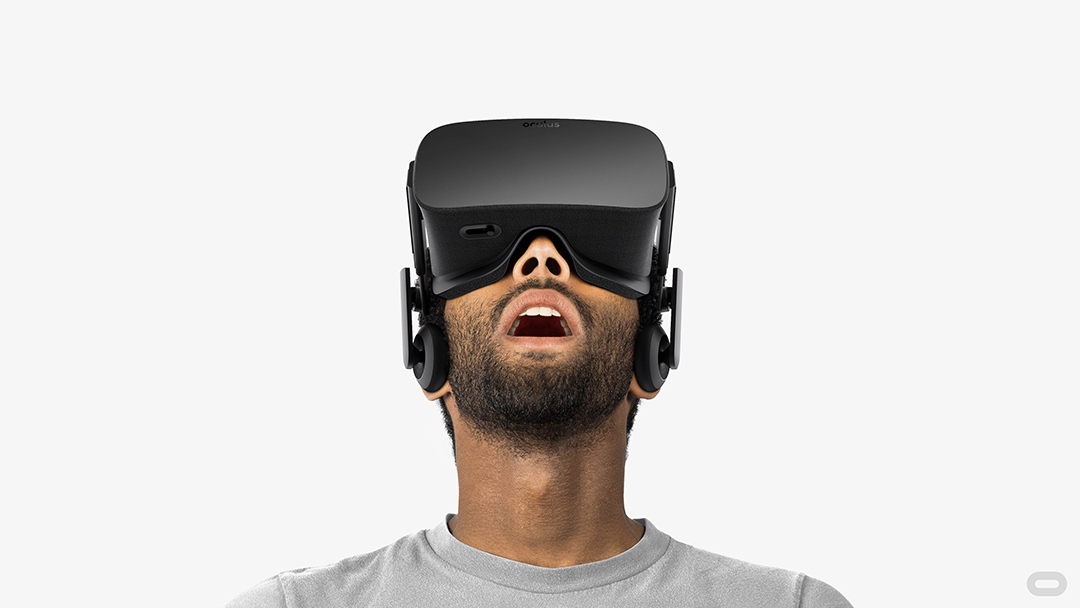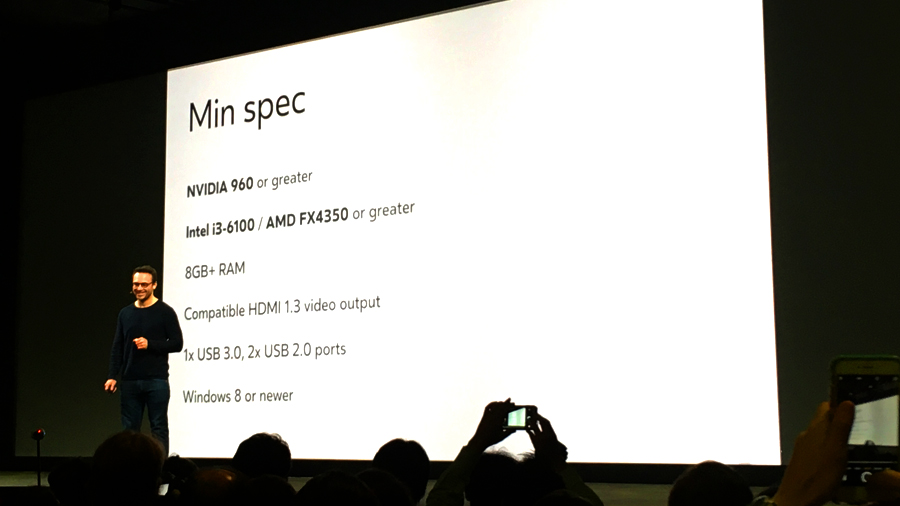It just got cheaper - and easier - to use Oculus Rift
Less-powerful PCs can now get a taste of VR

Innovation is a wonderful thing, isn't it? In less than a year since it launched the Oculus Rift, Oculus has refined its virtual reality technology so that more mid-range PCs can get in on the action.
We're getting ahead of ourselves, though. To start, Oculus CEO Brendan Iribe announced during Oculus' Connect 2016 conference that the company's latest technological advances lower the minimum computer specs needed to operate the Rift headset.
Specifically, the requirement dropped from Oculus' recommendation of a Intel i5-4590 or equivalent processor to at least an Intel i3-6100, while GPUs can now start from the Nvidia GTX 960 from the recommended 970. This makes it not only easier to build a Oculus-ready PC, but considerably cheaper.

What witchcraft is this, you say? According to Oculus, the company was able to achieve this by developing two special performance technologies called Spacewarp and Timewarp.
The former lowers the overall hardware demand on the Rift, while Timewarp creates substitute frames of animation whenever the framerate starts to dip, making it more functional on cheaper computers.
Less of a Rift in your wallet
In order to create a convincing VR experience - and keep nausea to a minimum - headsets like the Rift demand fast processors and powerful graphics.
Because of this, pre-built PCs designed with VR in mind can run around $1,000 (about £790/ AU$1,320) and sometimes double or even triple that.
Sign up for breaking news, reviews, opinion, top tech deals, and more.
Even a budget-conscious rig built by yourself can still rack up about $900/£800/AU$1200, and that's before you drop the $599 (£499, AU$649) on the Rift itself.
By dropping the minimum specs to run the Oculus Rift, not only do current PC owners have fewer parts they need to upgrade, but first-timers can jump in at a much more affordable price point.
In fact, Oculus claims that the new specs mark the beginning of a new line of pre-built computers which come Oculus-ready, but only cost $499 (about £400/AU$660) - a jaw-dropping savings by comparison.
However, it's worth noting that the minimum specs aren't exactly the same as the company's recommended specs. Those looking to get the absolute most out of what VR has to offer (or are more prone to motion sickness than the rest) may still want to consider putting aside some extra cash for a more powerful rig, or check to see if they're already on their way to a VR-ready computer.
